
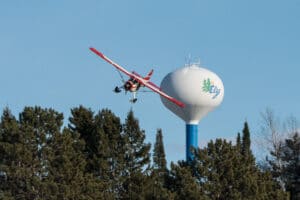
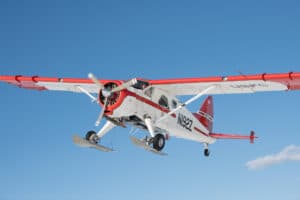

Any day in summer when it’s dry in northeastern Minnesota, Forest Service airplanes lift off from Shagawa Lake in Ely, heading out to patrol the skies for signs of smoke. If they see a fire, the airplanes can drop water on it, while other planes ferry in firefighting crews. In this vast roadless region of abundant lakes, such aircraft play a critical role.
“Our idea is to catch them small and keep them small,” said Dean Lee, one of the Forest Service pilots, in a 2010 interview. Forest Service policy allows some natural fires to burn in the Boundary Waters, because fire is a natural and important part of the boreal forest ecosystem. But, many fires are put out to prevent threats to people and property outside the wilderness.
Northern Minnesota’s Superior National Forest is home to the only Forest Service seaplane base in America. Many planes have been used over the years, but today it’s home to a fleet of de Havilland Canada Beaver DHC-2 airplanes, constructed between 1956 and 1959.
Based in Ely, the planes are renowned for their reliability, short take-offs and landings, and impressive load capacity. About 1,600 were built between 1947 and 1967, designed primarily as a bush plane to work the wilds where its namesake animal is found. The Forest Service acquired these planes new, and carefully maintain them for frequent service.
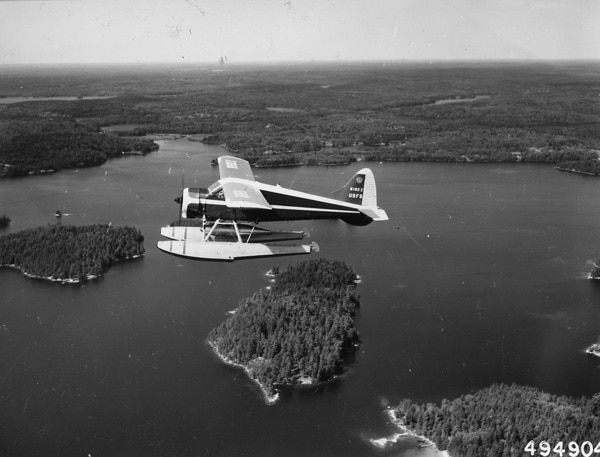
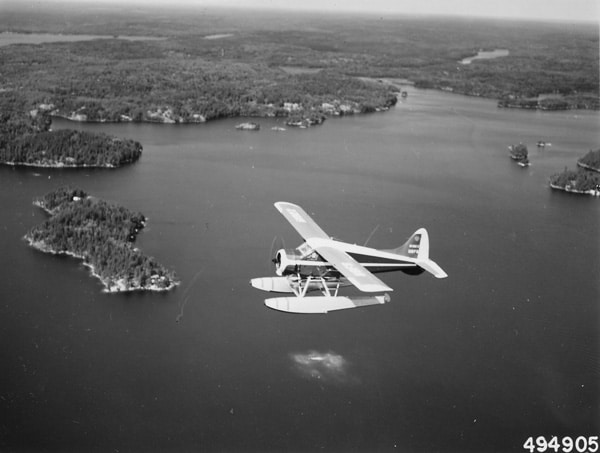
The U.S. military also purchased nearly 1,000 Beavers, more than half its production, for use as a general-purpose aircraft during the Korean War, but mostly quit using the planes. The Forest Service was able to acquire many spare parts and components that help it keep their planes in action. There are spare propellers, wings, and a fuselage ready to replace worn components.
The Ontario Ministry of Natural Resources bought some of the first Beaver aircraft off the production line, and Beavers are also still used across the international border in Quetico Provincial Park.
Beaver pilot Lee told a seaplane publication in 2010 that the pilots and mechanics have made many modifications to the airplanes, including equipping the airplanes with several components from a more powerful Turbo Beaver that de Havilland also produced, increasing their carrying capacity by about 500 pounds.
Their primary use is wildfire work, but the planes keep busy with about a dozen different duties throughout the year. They can drop fingerling fish in backcountry lakes, or spread seeds over logged areas, or survey and track wildlife. They patrol for illegal motor use in the Boundary Waters. And they can save lives, as they also perform all search and rescue missions in the area.
“Some of my best flights have been search-and-rescues, when you find some lost child before dark, or you bring in someone that may have had a fatal illness if you didn’t get them back in time, or stopping a fire before it takes somebody’s house,” Lee said.
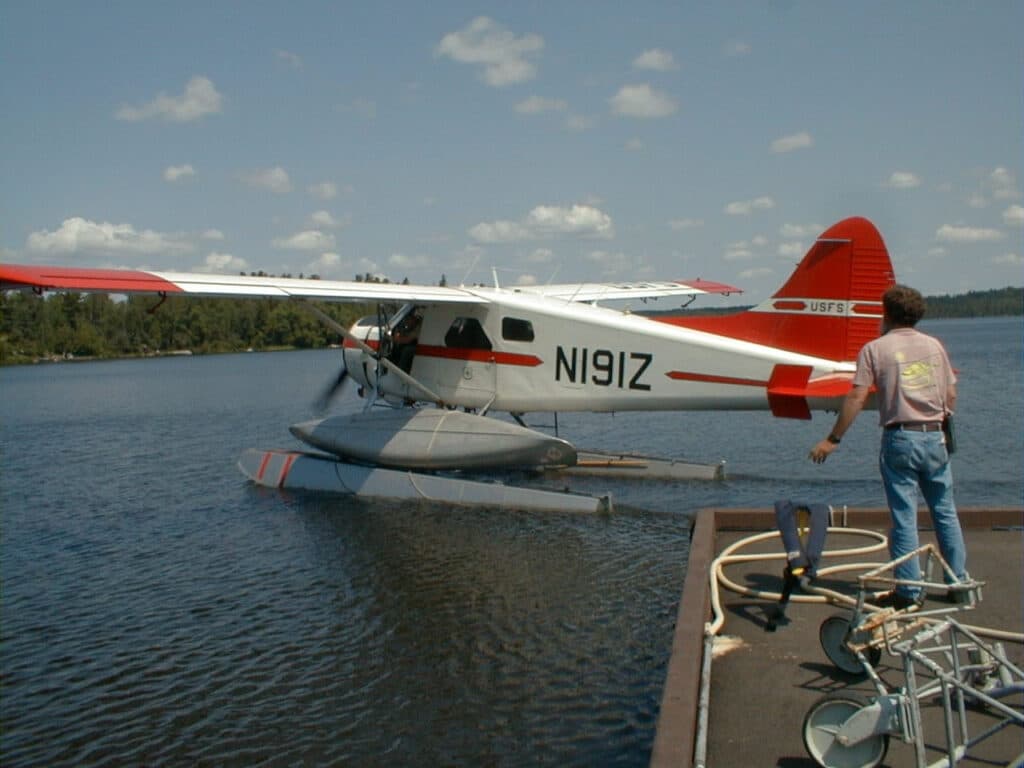
With one of the rear seats removed, the planes can easily carry the pilot and a sheriff’s deputy up front, with a medic and a patient on a stretcher in the back, and still have a seat for a member of the injured person’s party. Lee said that in a busy summer, the planes might fly about 20 search-and-rescue missions. That was 10 years ago, and search-and-rescue missions have reportedly risen sharply since then.
The pilots work in partnership with nearby Voyageurs and Isle Royale National Parks, the Minnesota Department of Natural Resources, local law enforcement, and other agencies.
During the fire season, the Beavers will patrol the skies, looking for smoke. If they spot a fire, the planes can drop water on them using a “primitive but effective” 125 gallon tank with a tube for refilling from lakes, and bring firefighters and gear to the site. With so many lakes around, the planes can drop water on the fire every three to four minutes.
One of the planes can carry three firefighters and all their gear — pumps, hose, fuel, chainsaws, overnight gear, and a canoe strapped to one of the floats.
“Every lake is an airport”
In the winter, they will swap the floats for wheels and skis, and keep flying. That’s when they take weekly trips 130 miles east to Isle Royale National Park in Lake Superior, bringing supplies and swapping out people in the long-running winter study of wolves and moose.
And they spend a lot of time helping government scientists study wildlife, like moose, wolves, deer, lynx and more. With antenna mounted on the wing struts, they locate radio-collared animals for studies that help assess their populations, habitats, and other information important to their protection.
Many of those activities are conducted in winter. Lee said they need eight inches of ice on a lake to safely land, but often the skis are essentially a safety precaution while flying over such a vast country.
They might take off and land at a runway, but the skis let them put down almost anywhere if needed. “Every lake is an airport,” Lee said.
Over the years, the agency has put larger windows in the aircraft, including a “skylight” in the cockpit, which helps with visibility when searching for moose, or watching a fire, as the planes circle around. They can also carry a “fish hopper,” which allows them to stock remote lakes for the Department of Natural Resources.
Airplanes have been used in Superior National Forest for more than 90 years, with the first contract pilots hired by the agency in 1929. The Beavers have been the backbone of the program for more than 60 years — and with high demand, rigorous maintenance, and many useful purposes, should still be flying for a long time.

